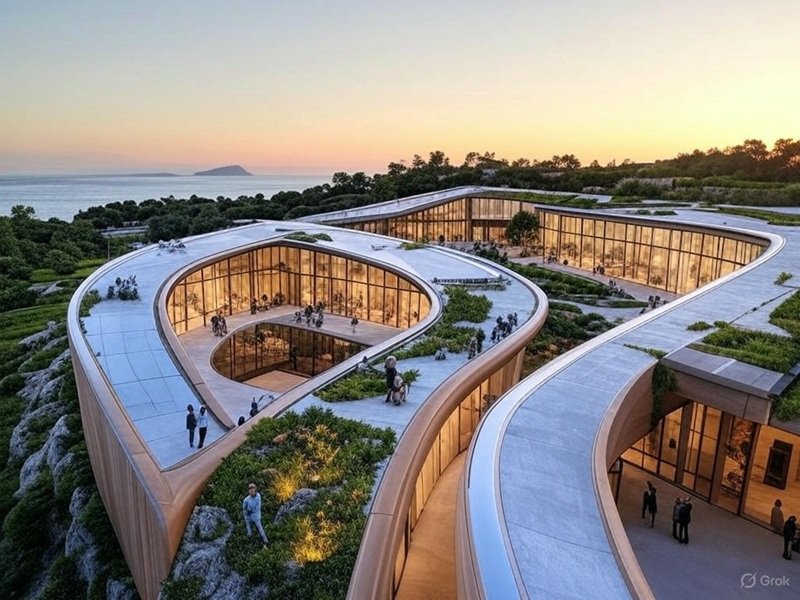7 Key Design Considerations for a Perfect Holiday Resort
P.S: Article updated on 25th March 2025
When people go on holiday, they want to relax, enjoy, and escape from their busy lives. A holiday resort should feel like a dream destination—a place where guests feel comfortable, welcomed, and surrounded by beauty.
As an architect, I believe that a well-designed resort is the key to a great holiday experience. Good planning can make all the difference between a resort that people love and one they never return to.
Let’s talk about the seven most important things that make a holiday resort successful.
The success of every resort is influenced by the following seven factors:
- Location: The Heart of the Resort
- First Impressions Matter: The Look of the Resort
- Beautiful Landscaping: Nature Makes Everything Better
- Easy Movement: Guests Shouldn’t Get Lost!
- Quick and Friendly Service: How Design Helps Staff Work Better
- Cleanliness and Maintenance: A Resort Should Always Feel Fresh
- Good Food: A Resort Experience Isn’t Complete Without It
Let us move on with the discussion on some of the most important factors that are necessary to be considered while designing a “Holiday Resort”.



